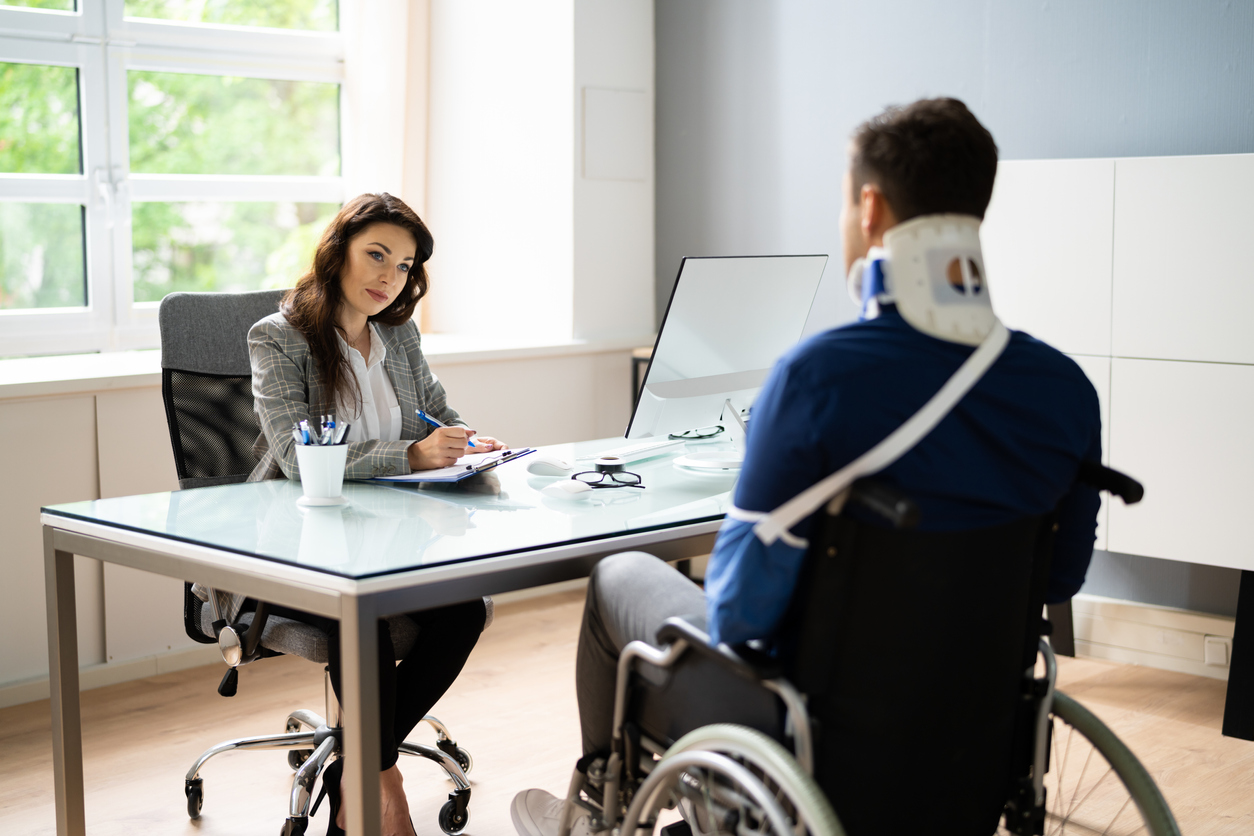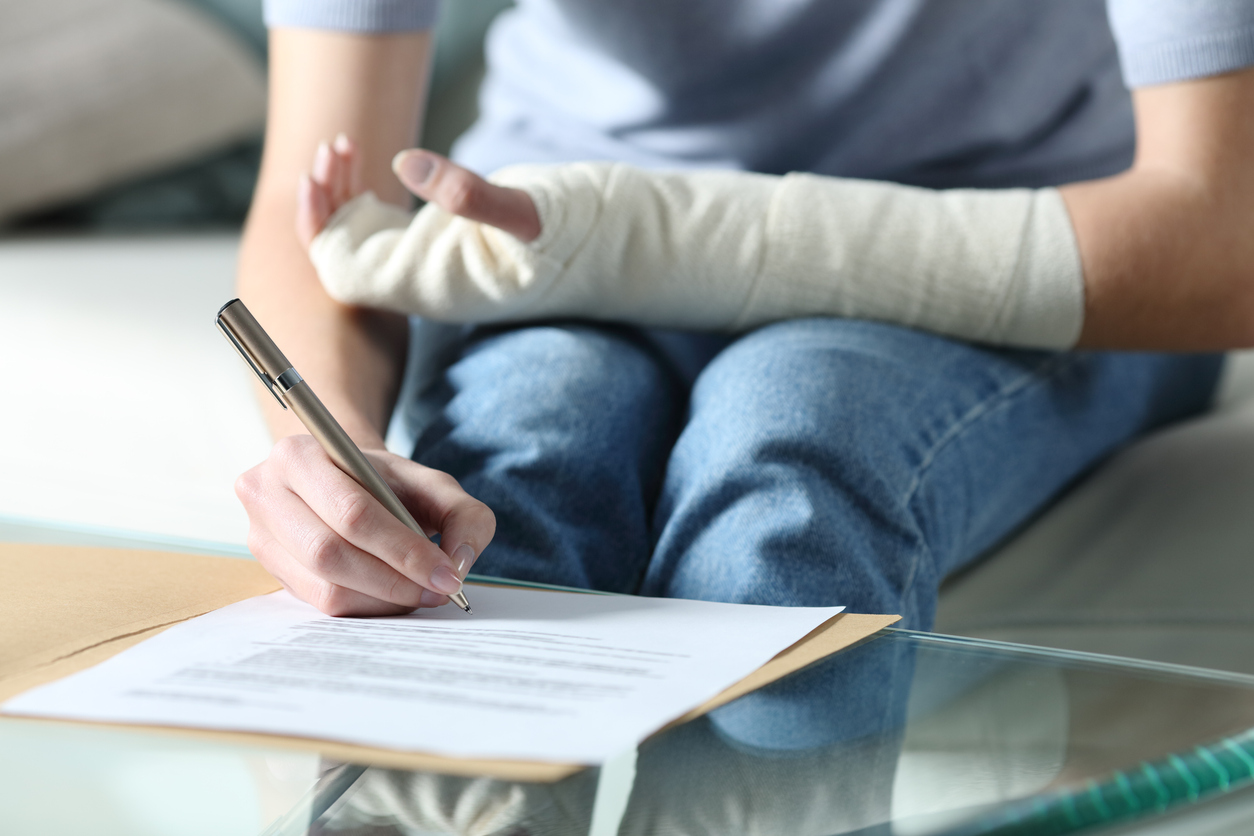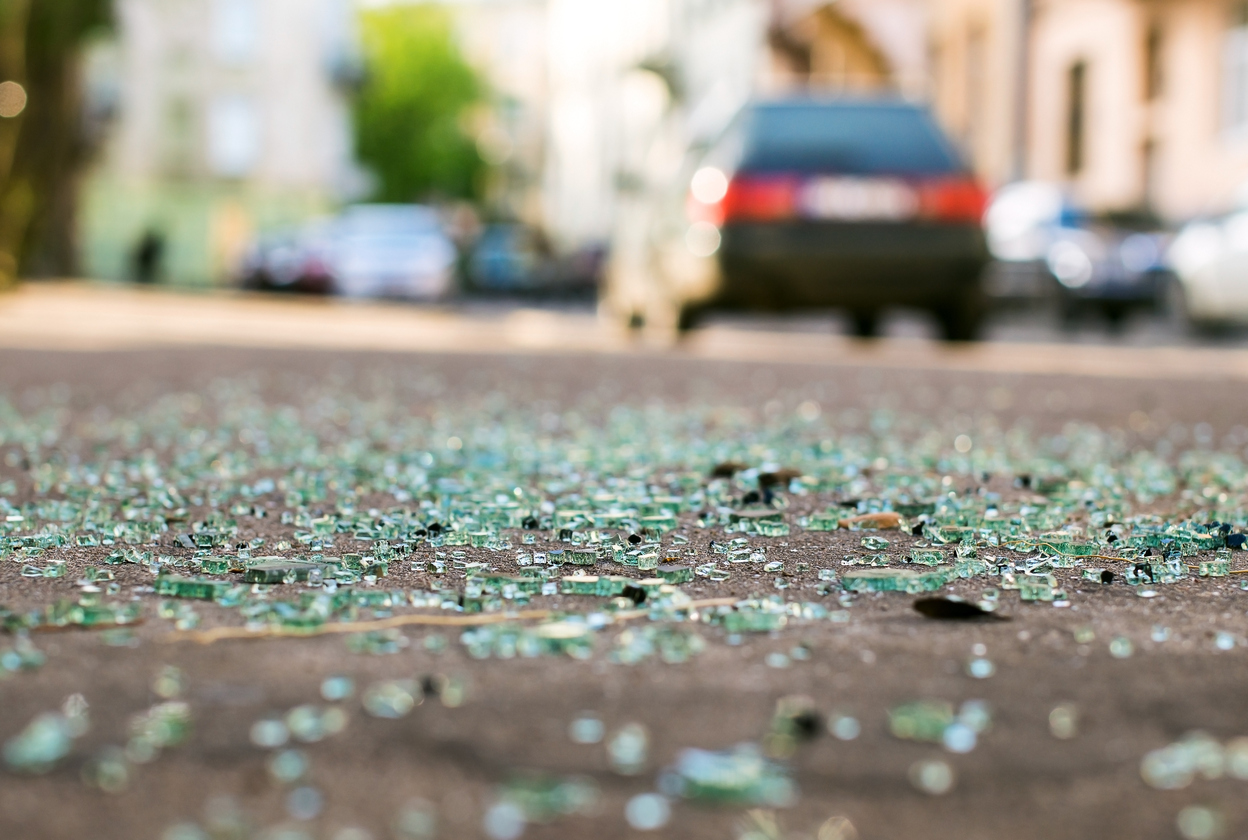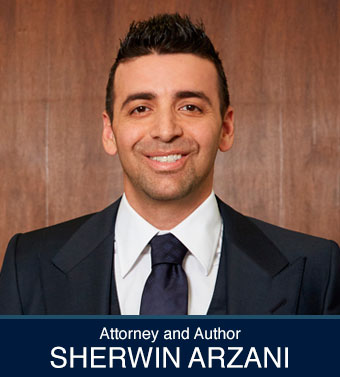When an individual suffers an injury due to negligence, such as in a car accident, finding solid legal representation is important. An experienced Los Angeles personal injury lawyer can provide the expertise needed to secure the compensation a client seeks during this difficult time.
However, a preferred lawyer may not be able to accept the case because of certain legal circumstances. Fortunately, there are steps a person can take to hire the right lawyer, beginning with understanding common reasons for case rejections.
Constraints on Legal Representation
It’s helpful to keep in mind that a lawyer is not obligated to accept every case presented to them. According to the American Bar Association, “a lawyer should not accept representation in a matter unless it can be performed competently, promptly, without improper conflict of interest, and to completion.”
A lawyer owes a professional duty to each of the following:
- The legal profession
- The courts
- Their clients (current and prospective)
- Their firm
Common reasons attorneys decline cases include:
1. The Statute of Limitations Has Expired
A statute of limitations refers to the deadline by which a lawsuit must be filed. The intent of the statute is to guarantee lawsuits are dealt with promptly.
When a plaintiff is contemplating filing a lawsuit against another party for an injury or claim, it should be filed as soon as reasonably possible. If a lawsuit is filed after the deadline, a judge must dismiss the case.
In California, the statute of limitations for filing a personal injury claim is, in most cases, two years from the date the injury occurred. Once the statute of limitations has run out, a person cannot file a legal action for compensatory damages, punitive damages, or other relief.
2. Proof of Liability
In order to file a personal injury case, an attorney must have a reasonable legal recourse as to why the other party is liable for their client’s injuries. In most cases, the plaintiff must prove the other party’s negligence. If the client cannot produce the necessary evidence, the lawyer may decline the case.
3. Insufficient Compensation
A personal injury lawyer is typically compensated through a contingency fee — a percentage of the settlement or damages awarded to their client. If the client doesn’t receive a payment award, the attorney will not be compensated.
There are several factors an attorney must consider when trying to determine how much money their client should receive. The financial settlement may have to account for medical costs, trauma, and punitive damages.
If a case involves an insurance company, the lawyer will likely not need to worry about getting paid. However, if the case does not involve an insurer, a lawyer will have to examine whether the other party has the assets to pay out the damages awarded. If the other party cannot pay, the lawyer might decline the case.
4. A Conflict of Interest
Attorneys are prohibited from taking cases that may create a conflict of interest. If a lawyer’s duties might be compromised in any way, they have a legal and ethical obligation to decline the case.
Examples of legal or ethical reasons to decline a case include:
- Contractual or legal obligations
- Nepotism
- Professional duties
- Business interests
Another example would be if an individual was involved in a car accident and reached out to hire a personal injury lawyer. If the prospective lawyer was representing the other driver in a separate medical malpractice case, the lawyer must decline the case.
How to Find Alternate Representation
Every lawyer has their own situations to consider when deciding whether to accept a case, including existing caseloads, resources, and other considerations.
With this in mind, it’s a good idea to seek a second or third opinion if the first attorney you talk to will not take your case. A more skillful lawyer may be able to go around any perceived obstacles and accept the case.





